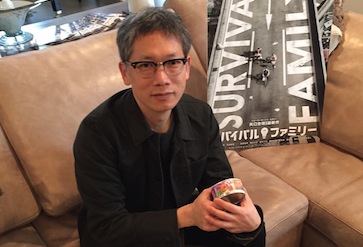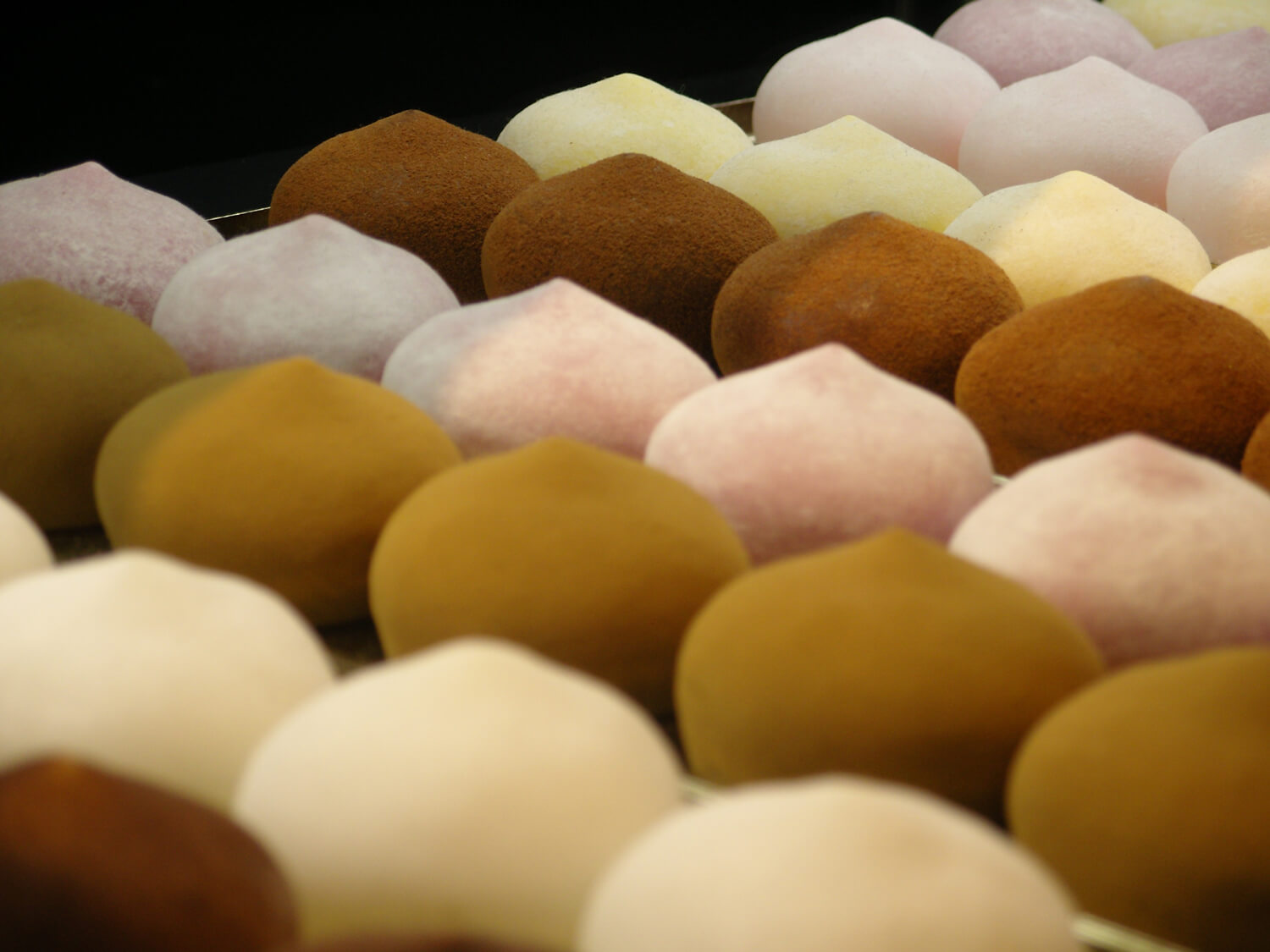????

Shigaraki chawan by Y? Sugimono
Wabi/sabi is often described as the beauty of the chilled loneliness of something worn and withered. It is not so much about the love of the imperfect but an appreciation of the organic, which is gentle, yet uncontrollable, as well as the influences of time and natural forces. If you had to assign it to a season, it would be late autumn. If you had to a relate it to a building, maybe think of an old barn in the country that is well cared for but still shows signs of the hand of time. If you have ever been to Japan, think of that stone slab that you saw just outside the threshold of an old temple. Remember how it was worn down in the middle by countless steps over hundreds of years?
One might rightly ask, ?If wabi/sabi is about the appreciation of life forces that are beyond my control, how can I create something that expresses this feeling?? I believe that no one can ?create? something ?wabi/sabi,? we can only discover it. Consider the production of the wabi Japanese ceramic known as Shigaraki, as an illustration. The clay used for Shigaraki ware is relatively rough and includes small deposits of minerals that show themselves in unpredictable ways. Once the vessels are made and dried, they are fired in a large wood-burning kiln that is often built along the slope of a mountain. Although the artist is able to predict the temperature of the various chambers, she can never know exactly what kind of marks the ash, smoke, and sawdust will make on the surface of the pieces. Neither glaze nor slips are added, and thus all of the ?decoration? is made by the firing process. Out of hundreds, only a few truly striking pieces are usually discovered after a firing. The artist looks for pieces that strike a balance between her skills and the forces of the kiln, and which evoke the feeling that the artist and the forces of nature were working as partners to make something that the other could not have otherwise created alone.
? Omar Francis












